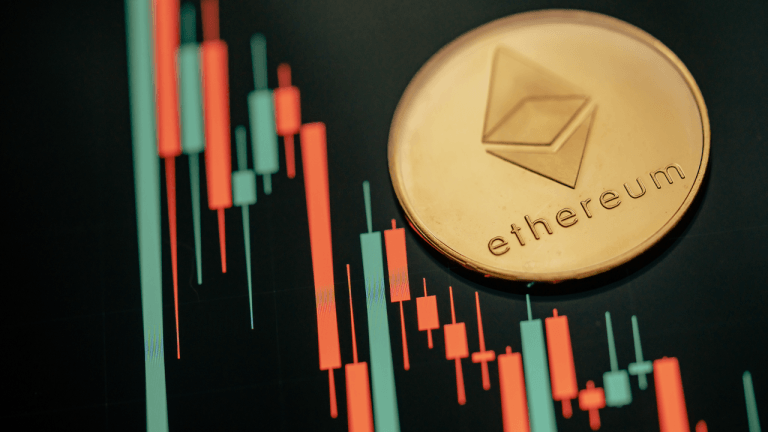What keeps Bitcoin price similar across different crypto exchanges?

Arbitrage plays a part in Bitcoin’s pricing in the crypto market, but that does not explain everything.
Bitcoin trades in countless locations across the globe, including on numerous exchanges. The asset, however, largely trades near the same U.S. dollar value across the market, aside from some countries’ outlying price action from time to time. How is this possible?
Numerous trading products exist in the crypto space, including Bitcoin (BTC) futures and options, but how is the price of actual transactable BTC, called spot BTC, determined in the crypto market, especially given the vast number of exchanges?
“The price of BTC at any moment is really no more than a function of the price people are ready to buy or sell BTC at that time,” Justin d’Anethan, sales manager at Equos — a digital asset exchange under Diginex Group — told Cointelegraph. “That is why it will vary — very slightly — from one exchange to the other,” he explained, adding:
“Naturally, market makers and arbitrageurs will play off that difference and minimize it (selling when it’s higher; buying when it’s lower so that it naturally corrects). Often, data providers and exchanges themselves use an index as a base, which is composed of the current price monitored across a selection of different exchanges.”
Arbitrage is one aspect of the market that helps keep Bitcoin’s price similar across exchanges. If BTC trades at $50,000 per coin on one exchange and $60,000 on another, people would likely buy BTC for $50,000, send it to the other exchange, sell it for $60,000, and keep the profit of $10,000 per coin. A number of factors play into arbitrage, however, such as transaction timing, exchange restrictions and bots.
Filbfilb, a crypto analyst and trader, also sees arbitrage as a significant component in determining Bitcoin’s spot price on the market. “Generally speaking, arbitrage bots play a major role in eliminating pricing differences brought about by isolated volume,” he told Cointelegraph. “They effectively reward people who correct market price discrepancies, with profit,” he added. Filbfilb explained:
“A high volume dump on one exchange, A, which presses price down beyond that of exchange B, will see arbitrage participants buy the cheaper coins on exchange A and sell them at a higher price on exchange B. This will continue until price A and B are equalized and the opportunity is eliminated. Obviously, that is a simplistic example, but it’s going on literally all the time.”
Arbitrage opportunities have also existed between Bitcoin futures and spot trading, according to a strategy once mentioned by Bitcoin stock-to-flow model creator PlanB. The tactic essentially involves shorting BTC futures while purchasing spot Bitcoin.
Certain Bitcoin futures, such as those tradable on the Chicago Mercantile Exchange, sometimes trade above the asset’s price near the beginning of their contract periods, depending on the expiration, finding their way closer to the spot price of BTC by the time expiration comes around. This system depends on a number of factors, however, such as the length of the chosen Bitcoin futures contract.
“Buy orders and sell orders from participants across the globe determine the real-time price of Bitcoin,” Rob Levy, co-founder of Hxro — a crypto trading platform — told Cointelegraph. “The markets are all connected — from the spot markets to the derivatives markets (futures, options, swaps),” he said, adding:
“The most advanced market participants, often called liquidity providers or market makers, trade across all of the most active exchanges across the globe simultaneously. The advanced trading systems built by high-frequency traders monitor the order books on all of the major exchanges around the clock.”
Levy noted fast arbitrage as the force maintaining comparable BTC pricing on various crypto trading platforms.
Additionally, the CME’s BTC futures trading impacts the market price for spot Bitcoin, according to a report by Wilshire Phoenix, an investment firm. “The findings of Wilshire Phoenix […] indicate that CME Bitcoin Futures contribute more to price discovery than its related spot markets,” the report said.
The CME opened cash-settled Bitcoin futures trading in 2017. In tandem with its BTC futures, the Chicago trading entity uses the CME CF Bitcoin Reference Rate — a value for Bitcoin, taking into account data from exchanges on the BTC spot market.
Overall, although certain factors can play a part in standardizing Bitcoin’s price across exchanges, the asset derives its overall worth based on a number of rationales, including its role as a store of value.








